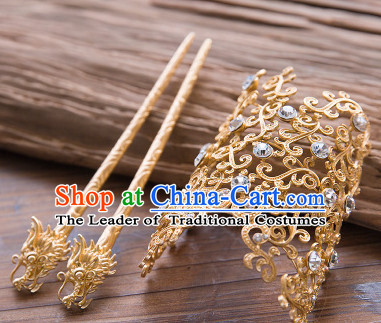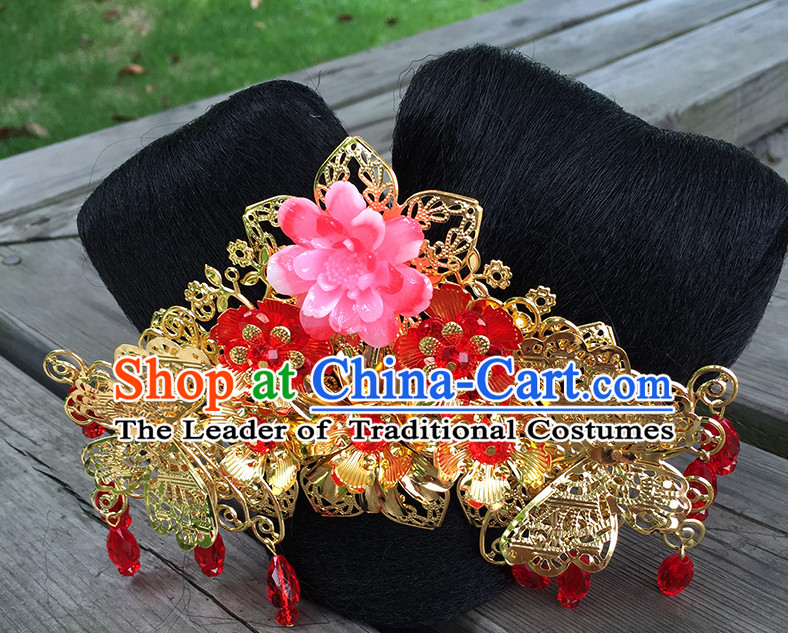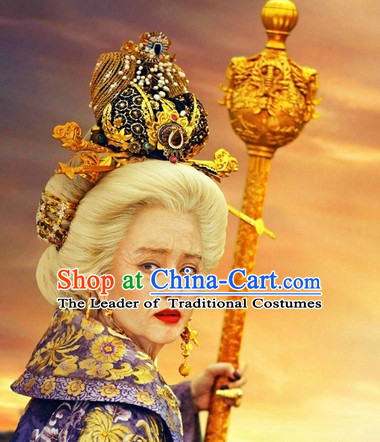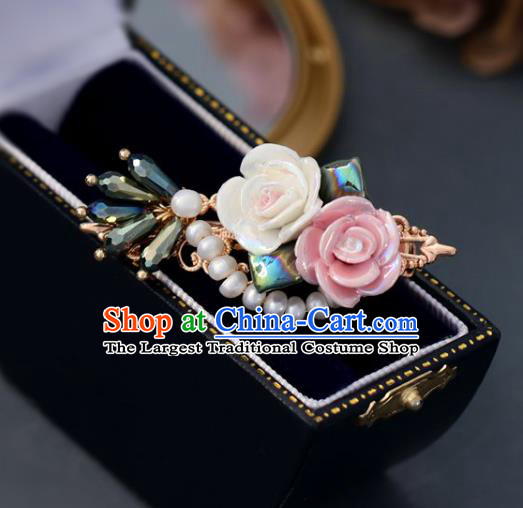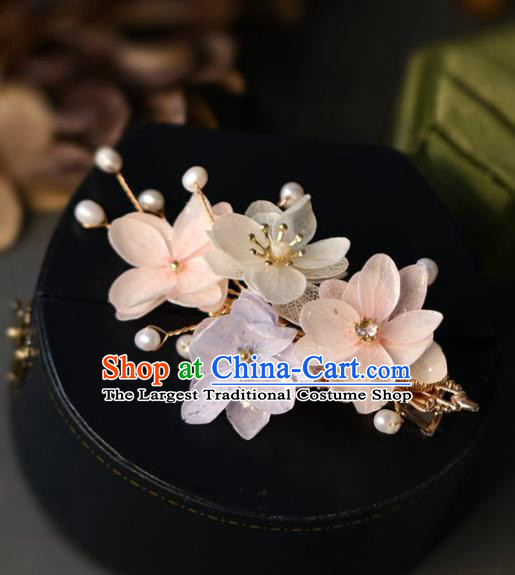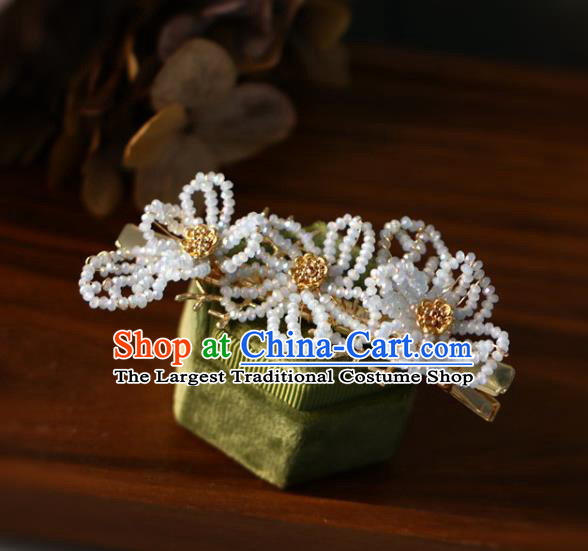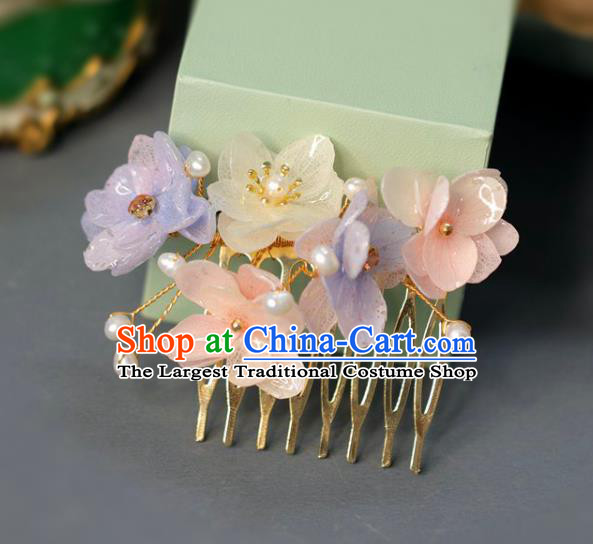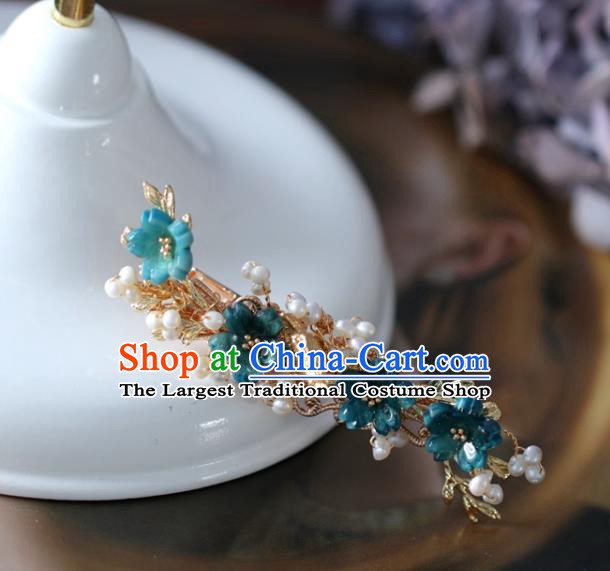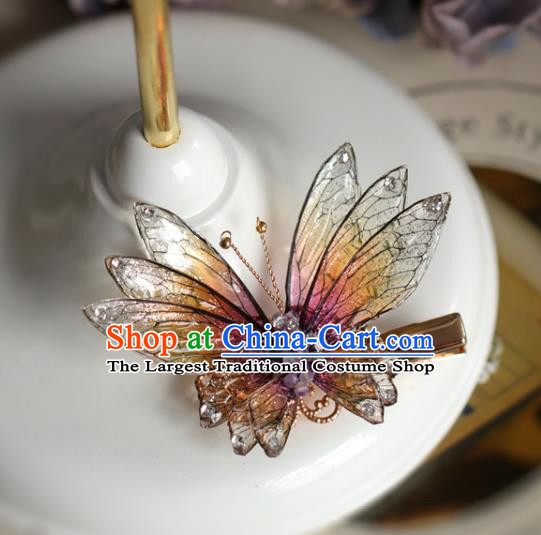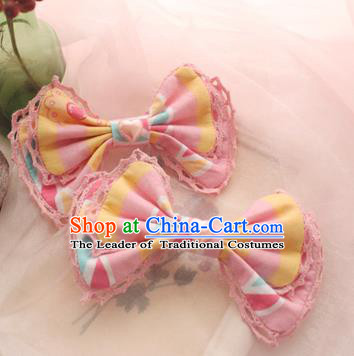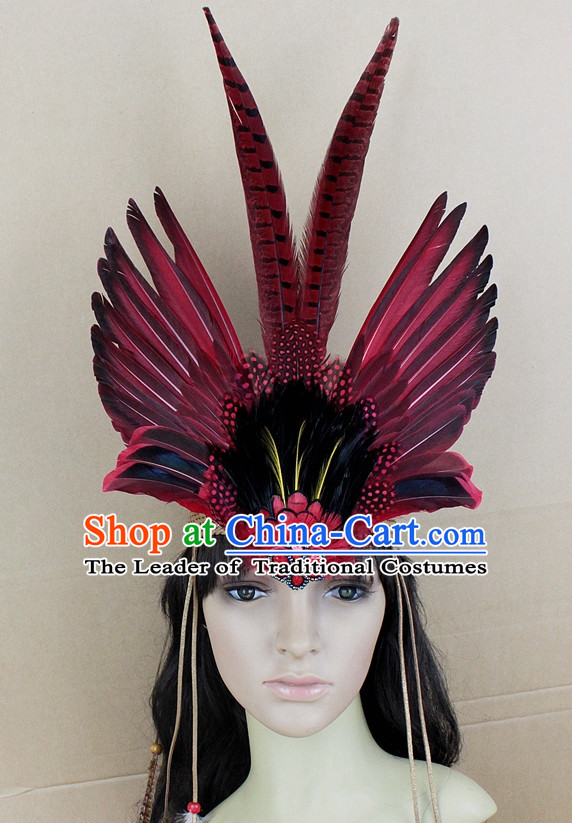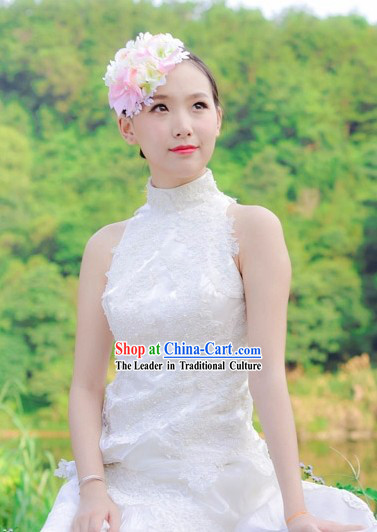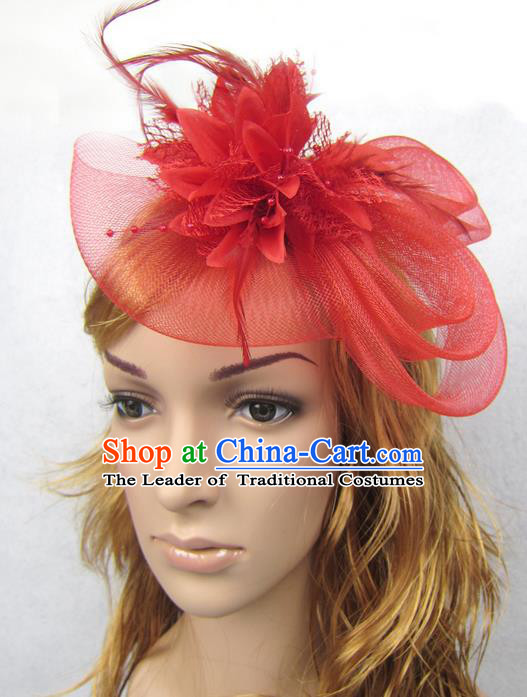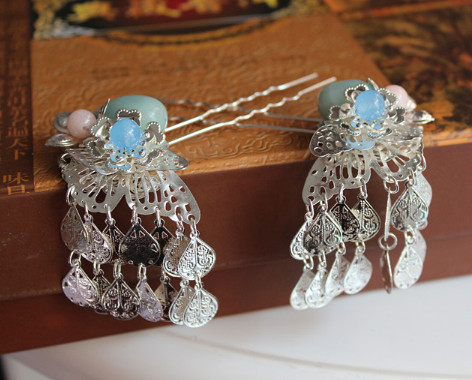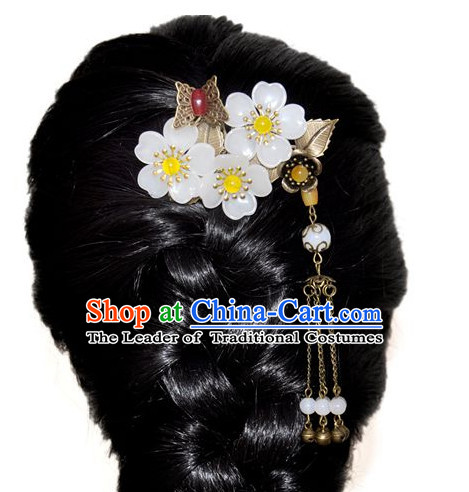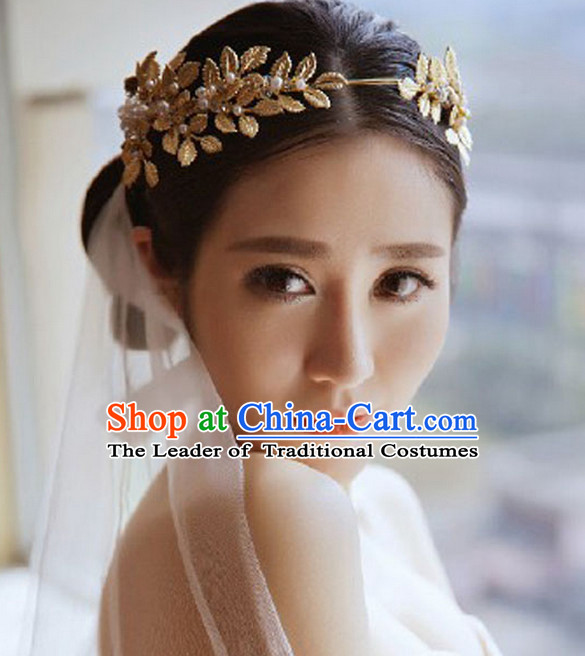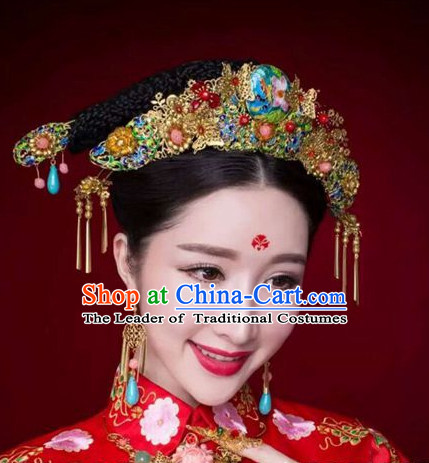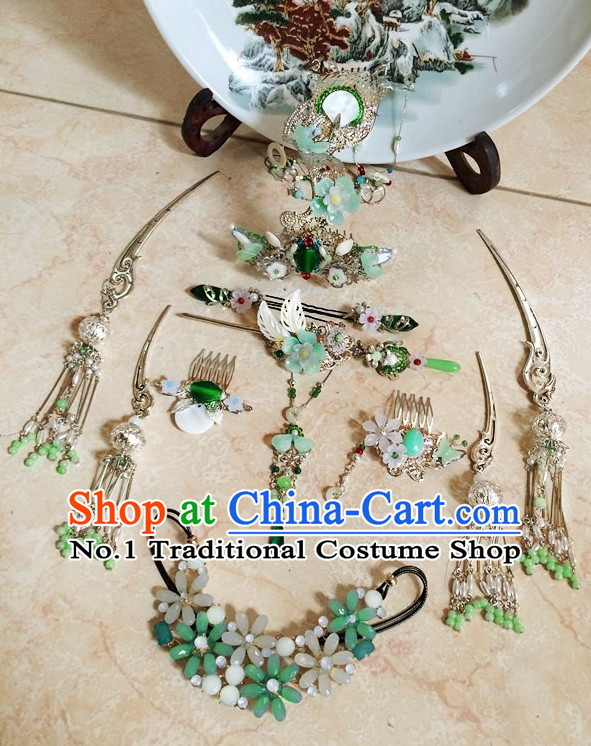
Click Related Pictures for More Audios:
Traditional Chinese hair accessories, such as hairpins, hair combs, and hair clips, are an important part of ancient Chinese culture.
They not only have practical functions but also carry rich historical significance and cultural connotations.
These hair accessories are usually made of metal, jade, pearls, gems, and other materials, with exquisite designs and superb craftsmanship.
In ancient China, a woman's hairstyle had a significant impact on her status and beauty.
Therefore, hair accessories became an essential means of displaying female charm.
In different dynasties and regions, the design style of hair accessories varied, reflecting the aesthetic concepts and social customs of that time.
For example, hair accessories in the Han Dynasty were simple and elegant, while those in the Tang Dynasty were more luxurious and complex.
In the Song Dynasty, people paid attention to practicality and comfort.
In addition to their practicality, many hair accessories also have symbolic meanings.
For example, a hairpin with dragon and phoenix represents good luck and happiness, while a bowknot hair clip symbolizes love and happiness.
Furthermore, some hair accessories have religious significance, such as Buddhist prayer beads worn by Buddhists and Taoist charms worn by Taoists.
As time goes by, modern designers began to incorporate traditional elements into modern fashion, creating unique new styles.
These new works retain the elegance and delicacy of traditional styles while incorporating modern fashion elements, allowing people to appreciate the changes of the times while enjoying traditional culture.
In conclusion, traditional Chinese hair accessories are treasures in the treasure house of Chinese culture.
They not only have practical functions but also carry rich historical significance and cultural connotations.
By appreciating these beautiful works of art, we can better understand the life and aesthetic concepts of ancient Chinese women and the profoundness of Chinese traditional culture.








